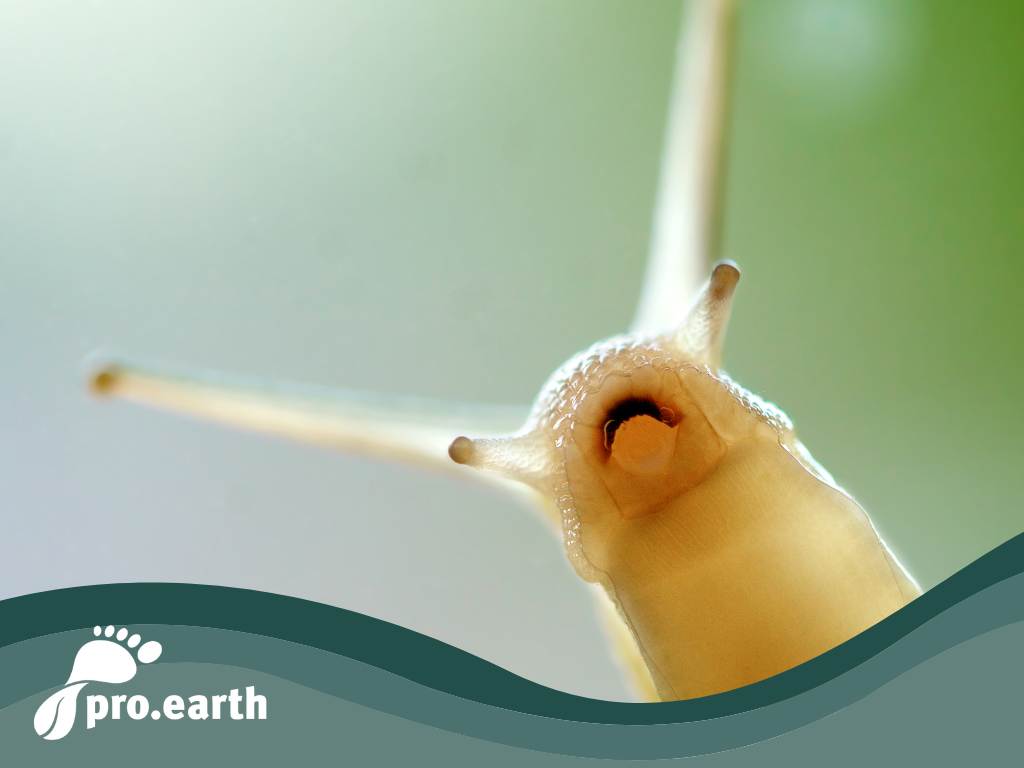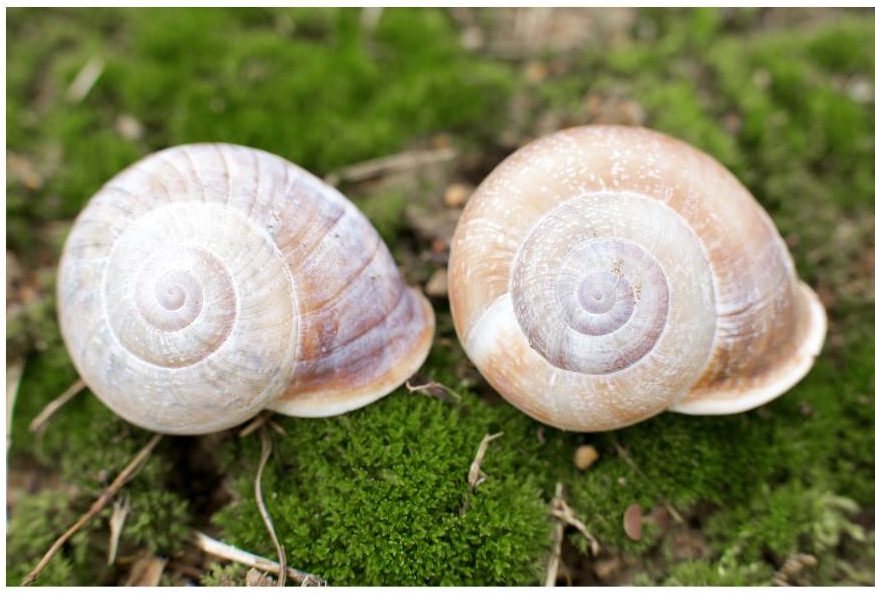Oh shock, a snail!

Today we want to take up the cudgels for the vineyard snails. Thank goodness they are common in our garden. Mainly because we don't use snail poison. Just like the previous gardeners did. As a result, the beautiful snails have spread throughout the garden again. And we watch them with joy and interest. These miniature cows are strictly protected. The name comes from the fact that they graze on the meadow like cows. Mostly in the morning when the grass is wet with dew and on rainy days. As soon as it gets too warm and dry, they retreat into the shade.
Mr. and Mrs. Schneck are strictly protected
They are one of our favorite garden inhabitants. They are herbivores and recently I had to save my last delphinium plants from them. One of my beloved bluebells was also eaten at ground level and I also suspect they have my sown early salads on their conscience. We probably need to protect our vegetable patch better or share it with them. ...What many people don't know is that they are a protected species - so wild specimens may not be collected or killed! Snails from farms are available for consumption.
To protect them, we no longer use slug pellets against the Spanish slug, but only collect the slugs by hand and hope that a balance will be established in our paradise so that the pesky slug only plays a minor role. Vineyard slugs also help to reduce the Spanish slug - they like to eat the slugs' egg clutches.
Where Mr. and Mrs. Schneck live
Vineyard snails are found throughout Austria and Germany. They prefer warm, lime-rich locations, as they need the lime to build their shells. They can live up to eight years in the wild and up to 20 years in terrariums. The older a snail is, the lighter its shell becomes. In hot, dry summers, they close their shell with a lime lid to protect themselves from drying out. In winter, they burrow into the ground, close their shells and go into a kind of torpor.
The literature says that they are solitary animals. We have often observed many animals climbing together on a stalk or grazing together in the meadow.

How do Mr. and Mrs. Schneck reproduce
Interestingly, vineyard snails are hermaphrodites, i.e. male and female in one, but need another specimen to reproduce. The act itself sounds like an ordeal, as it takes around 20 hours and involves the two snails thrusting so-called love arrows made of lime into each other's crawling soles. A few days later, the female snail lays 40 to 60 eggs in a pit from which the young snails hatch two weeks later. Only 5 out of 100 young snails reach sexual maturity at the age of 2-3 years.
We #Beetschwestern advocate living with nature instead of fighting against it and seeing the potential instead of the damage! A heart for our snails!







